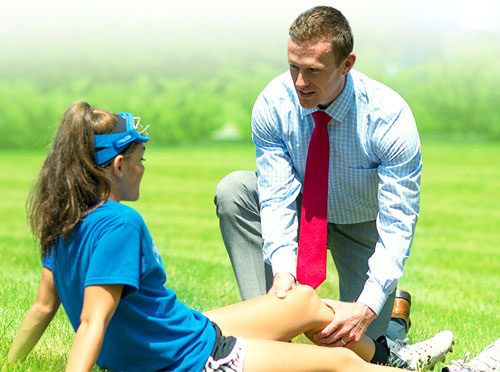Dr. Rice has joined Beacon Orthopedics and Sports Medicine
Congratulations Dr. Rice: 2025 Cincinnati Magazine Top Doctor
Healthcare News
Tips for healing a sprained ankle fast
Sprained ankles can be very painful, and severe sprains can require months of recovery. However, a person can take several steps at home to help speed their healing and reduce the risk of re-injury.
Losing weight but gaining weakness? What Ozempic might be doing to your muscles
Ozempic’s weight loss benefits might come at the cost of muscle strength, even if muscle size remains relatively stable. This raises significant concerns for older adults, who are already at risk for muscle loss and reduced mobility. Researchers stress the urgent need for human clinical trials to understand these effects fully.
Does weightlifting improve bone density?
You may have heard high-impact activity—exercise such as running, jumping, football and basketball—is good at building bone density and strength. But what about when you're standing still, lifting weights at the gym?
Perioperative Counseling Reduces Opioid Use After ACL Reconstruction Surgery
Opioid-limiting pain management education and counseling reduce opioid consumption with no increase in postoperative pain among patients undergoing anterior cruciate ligament (ACL) reconstruction surgery, according to a study published online July 16 in the Journal of Bone & Joint Surgery.
Labral reconstruction yielded favorable outcomes among adolescent patients
Hip arthroscopy with labral reconstruction may yield favorable outcomes at a minimum follow-up of 5 years among adolescent patients with femoroacetabular impingement and labral tears, according to results presented


